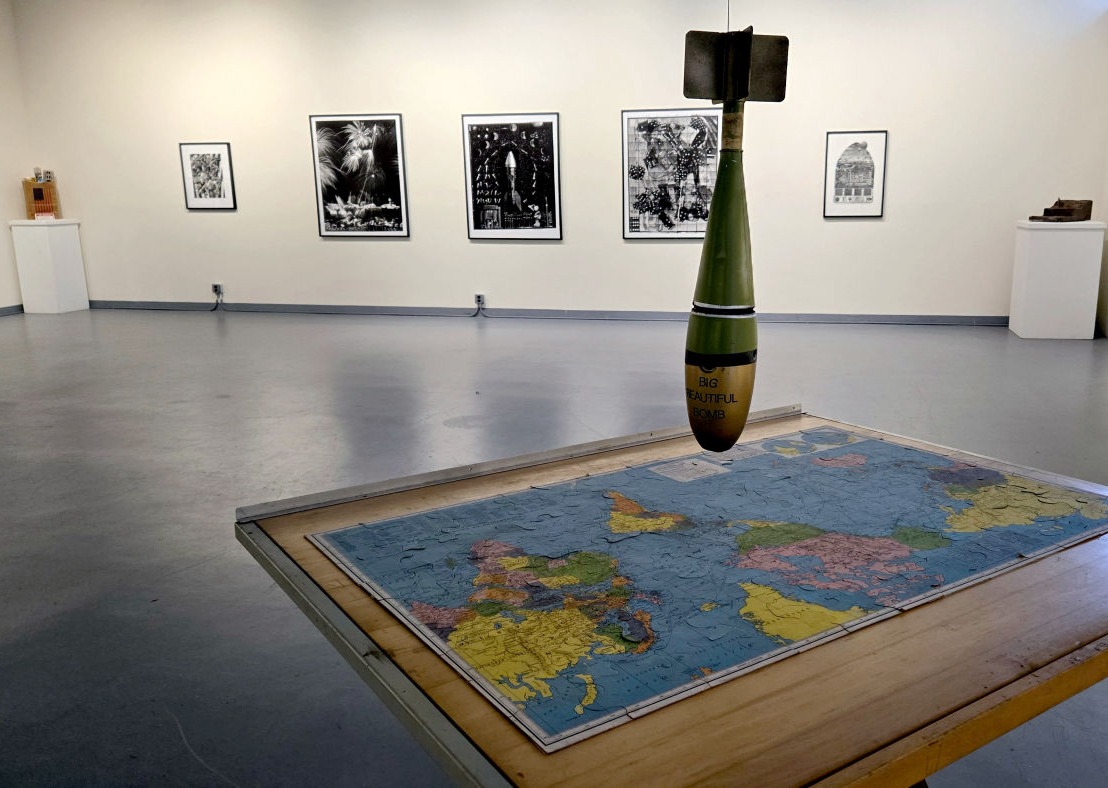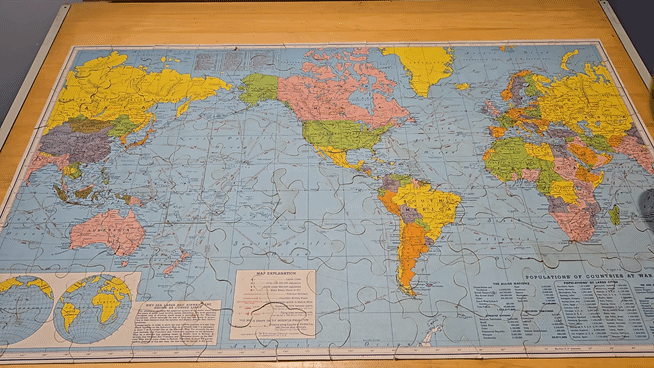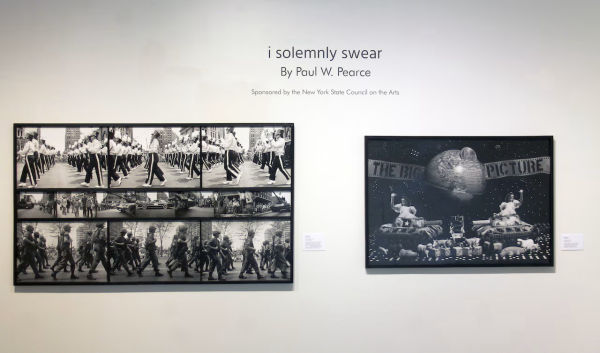Biography
I grew up in suburban, middle-class America where my parents, my school, and my church taught me up to respect authority, be good, and also do good. As a church-attending Eagle Boy Scout I was on a path to become a leader.
My first attempt at college ended on a bad note—I was more interested in dancing than my major, Zoology, and a consequence was being drafted into the Army. I scored high enough at the screening tests to be offered a placement in Officer Candidate School. I was commissioned as a lieutenant in the Artillery, which made me a leader by law, and guaranteed a deployment to Vietnam as a forward observer.
Combat in Vietnam has had a lifetime effect on my worldview. I knew what I did was wrong, I wanted everyone else to know what we were doing to Vietnam and our country was wrong. Returning home with a camera and a challenge to speak out about the evils of war, I taught myself photography and started photographing the anti-war protests in Syracuse. I photographed the Kent State protest that closed down Salina Street in downtown Syracuse and gave the Syracuse Peace Council my photographs for publication in their newsletter.
I returned to college at SUNY Oswego majoring in art, concentrating in photography and printmaking. I graduated with a Bachelor of Arts and continued in their Master of Art program.
After receiving a NYSCA grant, I drove to Florida in a mail truck I converted to a mobile living space and darkroom. I made hand-colored "tacky Florida postcards" and connected with a writer covering two death row inmates. I accompanied him to Florida State Prison to photograph the prisoners and the death chamber. I returned to Central New York and had a show displaying these death row photographs.
Taking a position with the Peace Council, I spent more than two decades managing their printshop, SPC press, producing cable content for SPC-TV, and contributing to their newsletter and community organizing.
Teaching photography gave me an opportunity to connect to the spirit of young people with promising futures. It was important that my students learned to use their art as a means of self-expression. My twenty year teaching experience included working at SUNY Oswego and Cazenovia College.
I use my cameras to set me apart, removed from the world, to serve as windows into the madness I perceive. My photographs are a silent plea for help. I put my guns away—my camera is my weapon. My images are two-dimensional cries for reflection, attention, and action.



